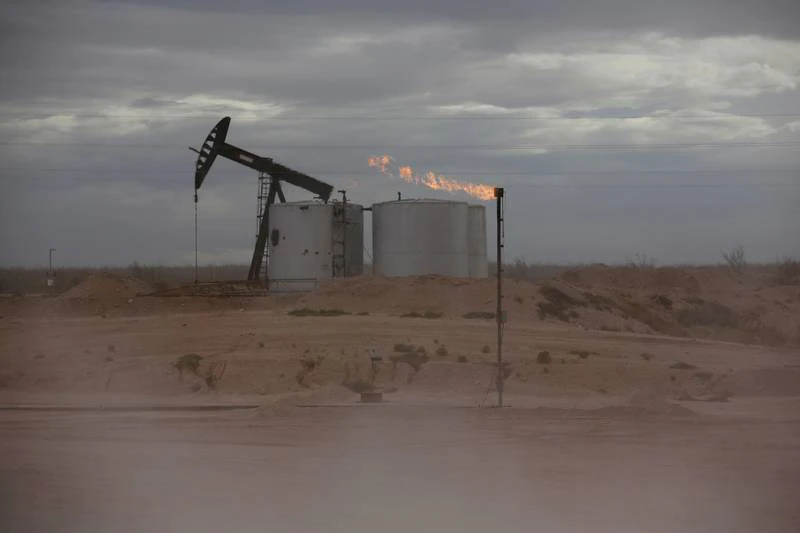Oil prices settle higher as demand hopes outweigh economic downturn concerns
23 October, 2022

Oil prices settled higher on Friday amid expectations of tighter crude supply, with hopes of stronger demand from China and a weakening US dollar outweighing concerns of a global economic downturn stemming from rising interest rates.
Brent, the benchmark for two thirds of the world’s oil, settled 1.21 per cent higher at $93.50 a barrel. West Texas Intermediate, the gauge that tracks US crude, closed 0.64 per cent higher at $85.05 a barrel.
Oil prices gained on Thursday after China, China, the world’s largest crude oil importer and second-largest economy globally, said it was considering reducing the quarantine period for visitors to 7 days from 10 days, Bloomberg reported. There has, however, been no official confirmation from Beijing.
The dollar, meanwhile, eased against a basket of currencies after it was reported that some Federal Reserve officials signalled greater unease with big interest rate rises to fight inflation, despite plans for mega rate hike next month.
“Brent seems to now be settling into a new range, perhaps between $90 and $100, a level most may be relatively comfortable with,” said Craig Erlam, a senior market analyst at Oanda. Investor focus is expected to turn to “the EU’s plan to cut itself off from Russian imports entirely by the start of December, and the potential introduction of a price cap”, said Edward Bell, senior director of market economics at Emirates NBD.
The EU’s deadline to stop importing Russian waterborne crude is on December 5, while a ban on refined products takes effect on February 5.
“If Russia follows through on its plan to not sell to countries participating in the cap, then oil markets could tighten substantially in the final month of the year,” Mr Bell said.
Prices rose despite comments from Philadelphia Federal Reserve president Patrick Harker, who on Thursday said that more interest rate increases would be needed to keep inflation in check.
After being criticised for acting too slowly in curbing rising prices and being behind the inflation curve, the US Fed has shifted gears and is doubling down on higher interest rates to bring consumer prices down.
Last month, the Fed increased the policy rate by 75 basis points, its third consecutive three quarters of a percentage point increase.
The US central bank is expected to raise rates by 75 bps again when it meets in the first week of November.
Annual headline inflation in the world's largest economy was up 8.2 per cent in September, down from its peak of about 9 per cent in June, but still near the highest levels since the early 1980s. Core inflation for the month was up 6.6 per cent from a year ago, the biggest 12-month gain since August 1982.
In an attempt to lower petrol prices, the Biden administration on Wednesday announced the release of 15 million barrels from the country's Strategic Petroleum Reserve. US crude futures are up about 2 per cent from Tuesday’s closing price.
Mr Biden also called for higher domestic oil production as US shale producers — responsible for most of the country’s new crude output — have shied away from increasing their activity and, instead, focused on boosting shareholder returns.
However, recent data has pointed to a nascent recovery in the US shale patch.
Oil production in the Permian Basin of Texas and New Mexico, the biggest shale basin and the focal point of the US shale resurgence, is expected to rise by about 50,000 barrels per day to a record 5.45 million bpd in November, the US Energy Information Administration (EIA) said on Monday.
The EIA expects US crude oil production to reach 11.7 million bpd in 2022 and 12.4 million bpd in 2023, which would surpass a record high of 12.23 million bpd set in 2019.
Source: www.thenationalnews.com
